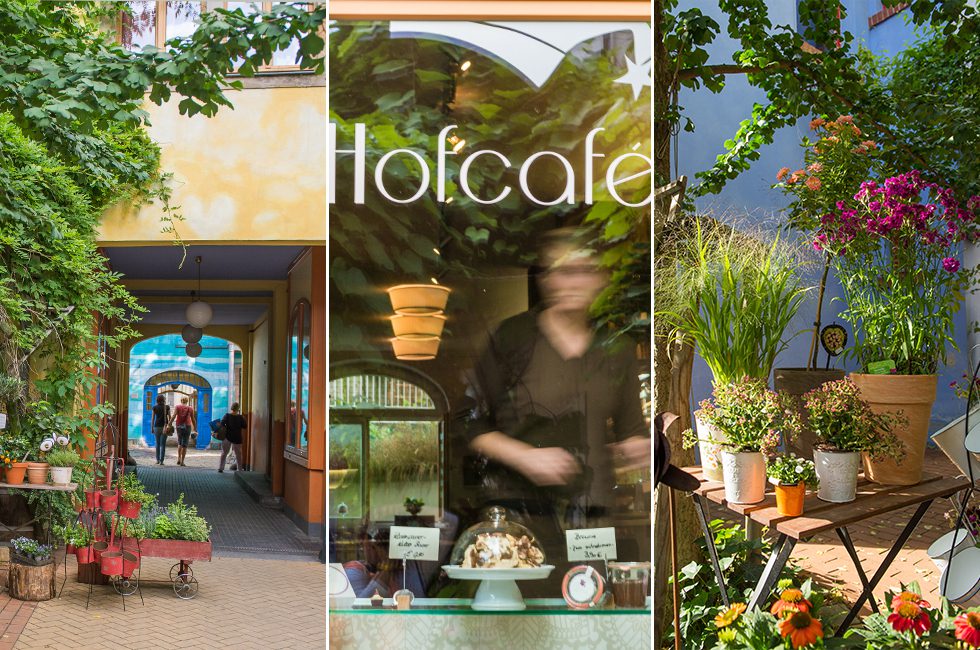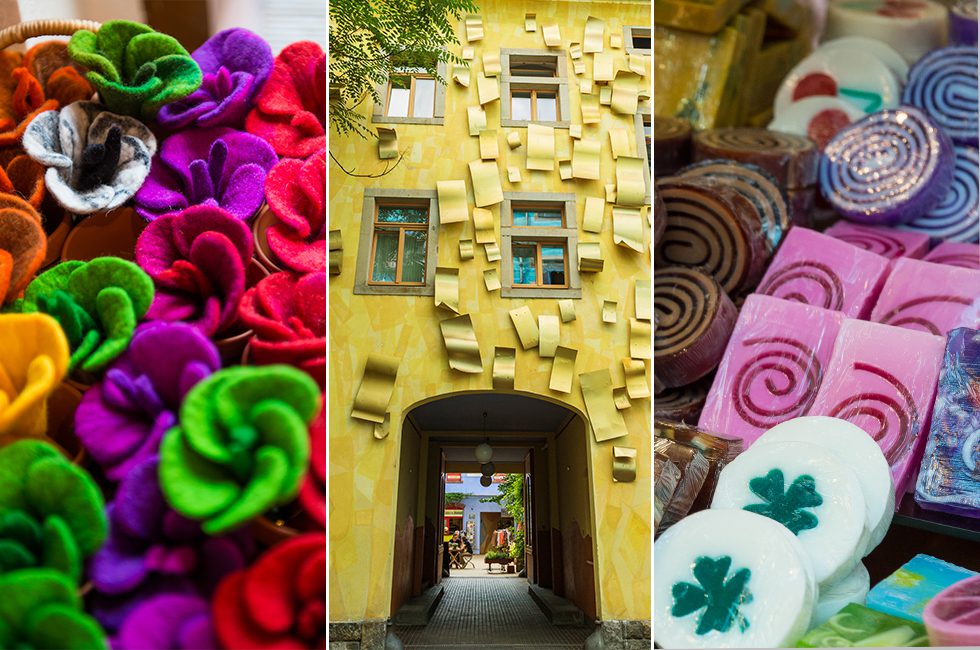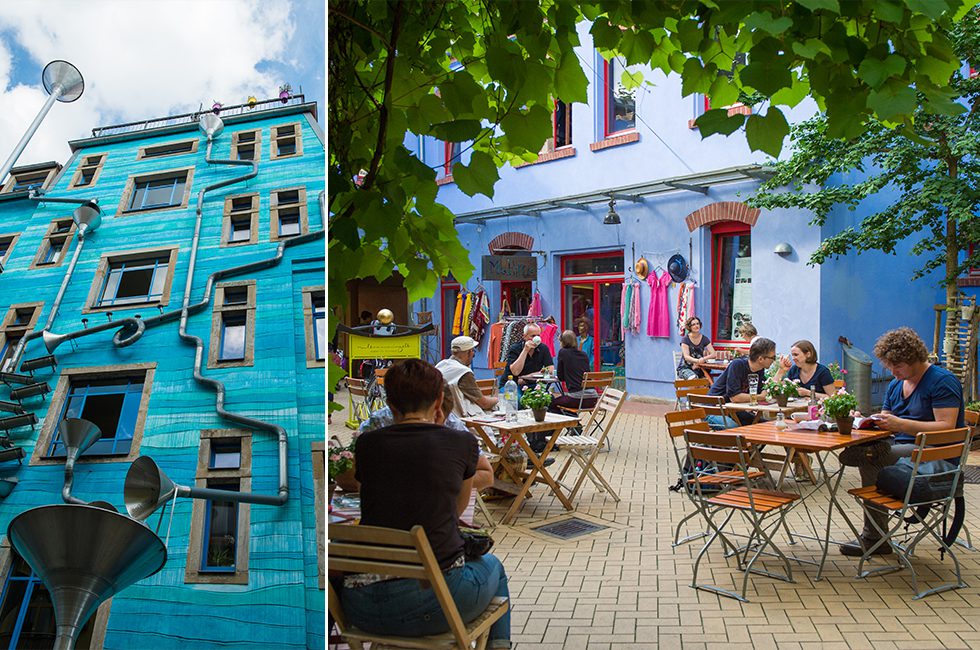We arrived in Dresden on a rainy summer afternoon after a 3 hours ride on the Intercity Express. Our hotel, the Taschenbergpalais, was absolutely a gem and we were very pleased to discovered the outstanding view from our room: The Zwinger Palace stand quietly in front us. This baroque complex of pavilions and galleries was – like many of the city’s most prominent buildings – commissioned by Augustus the Strong, elector of Saxony. The Taschenbergpalais was no exception. It was built from 1705 to 1708 by Johann Friedrich Karcher as a palace for countess Anna Constanze von Hoym. Sadly it was completely destroyed in 1945 during World war II, and was finally rebuilt from scratch from 1992-1995. On March 31, 1995 the hotel was opened by the hotel chain Kempinski.



After a delicious breakfast at the Taschenbergpalais open air patio we started our day heading to the glorious edifice of Frauenkirche. Reduced to rubble in World war II bombing, the church lied in ruins during the GDR times as a reminder of the horror and painful consequences of war. After the fall of the wall it was rebuilt wherever possible using the original bricks of the church. Atop the beautiful cupola is a cross with a special story – it was designed by Englishmen whose grandfather was part of the 1945 Allied air raid on the city.



We enjoyed the atmosphere on the streets having a little break at the Steigenberger Hotel de Saxe in front of Frauenkirche.



Dresden is a city with two different faces- you have the bombastic baroque beauty of the Altstadt and then you have the grungy alternative feel of the Neustadt. Our next destination was the Neustadt which is actually the oldest part of Dresden and is more than 800 years old. It has a very cool, grungy and alternative feel to it. Tons of character, interesting shops and cool bars make this an exquisite neighbourhood. The Kunsthofpassage just off Gorlitzerstrasse in Neustadt is a hidden maze of backyards that have been redeveloped and now houses a number of artsy cool handicraft shops, a garden store, a shop that sells tea and also the Hofcafe-a wine and cafe bar.









After a few hours walking through the Neustadt it was time to head to the Dresden Elbe Valley to enjoyed the sunset. It was simply outstanding! The valley, extending for some 20 kilometres and passing through the Dresden Basin and the city of Dresden, is one of two cultural landscapes along the Central European river Elbe. The value of this landscape lies in the fact that it includes the historic center with the buildings of Brühl’s Terrace, the Royal Palace, the Katholische Hofkirche, the Semperoper and the late Baroque-style Zwinger Palace as well as natural river banks and slopes. The historic skyline of Dresden’s Old Town is the centerpiece of the Elbe Valley.













